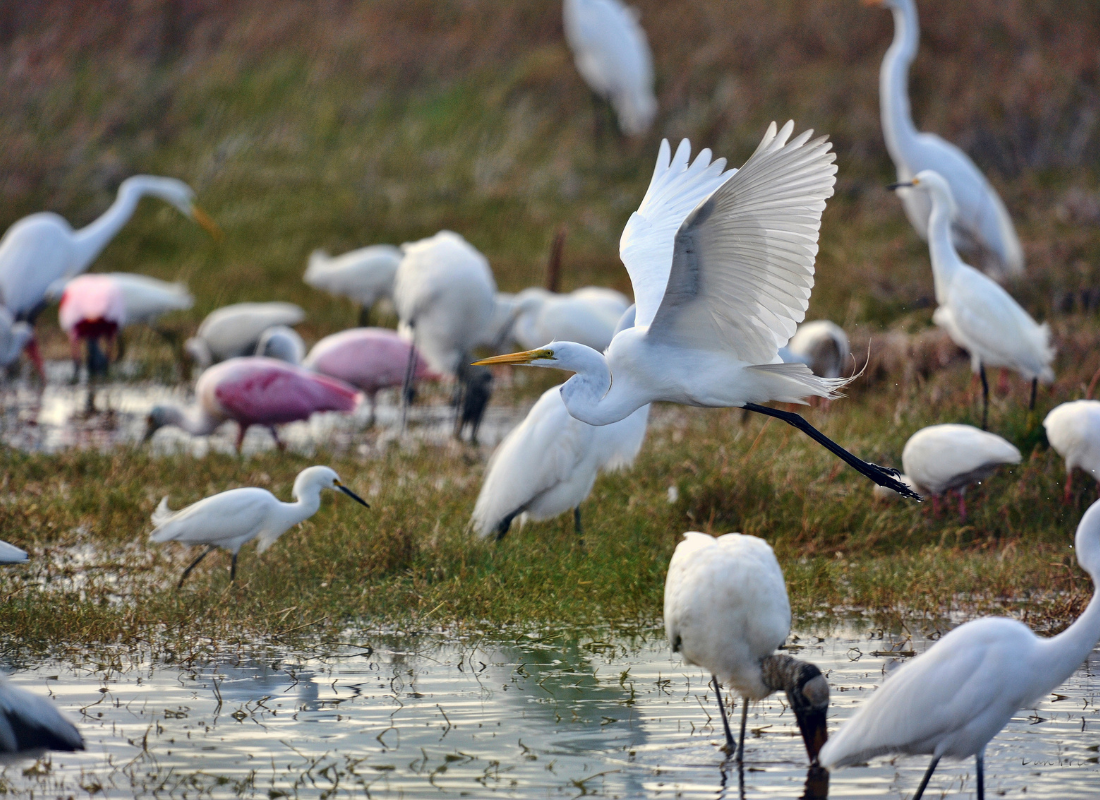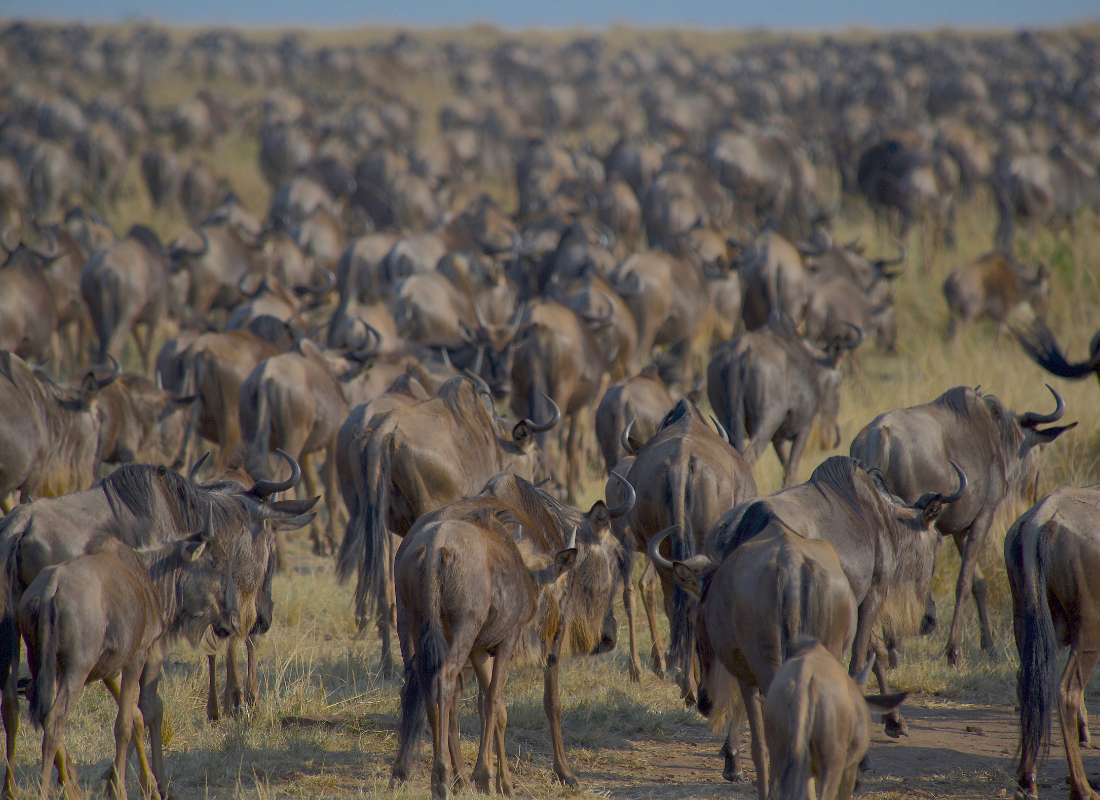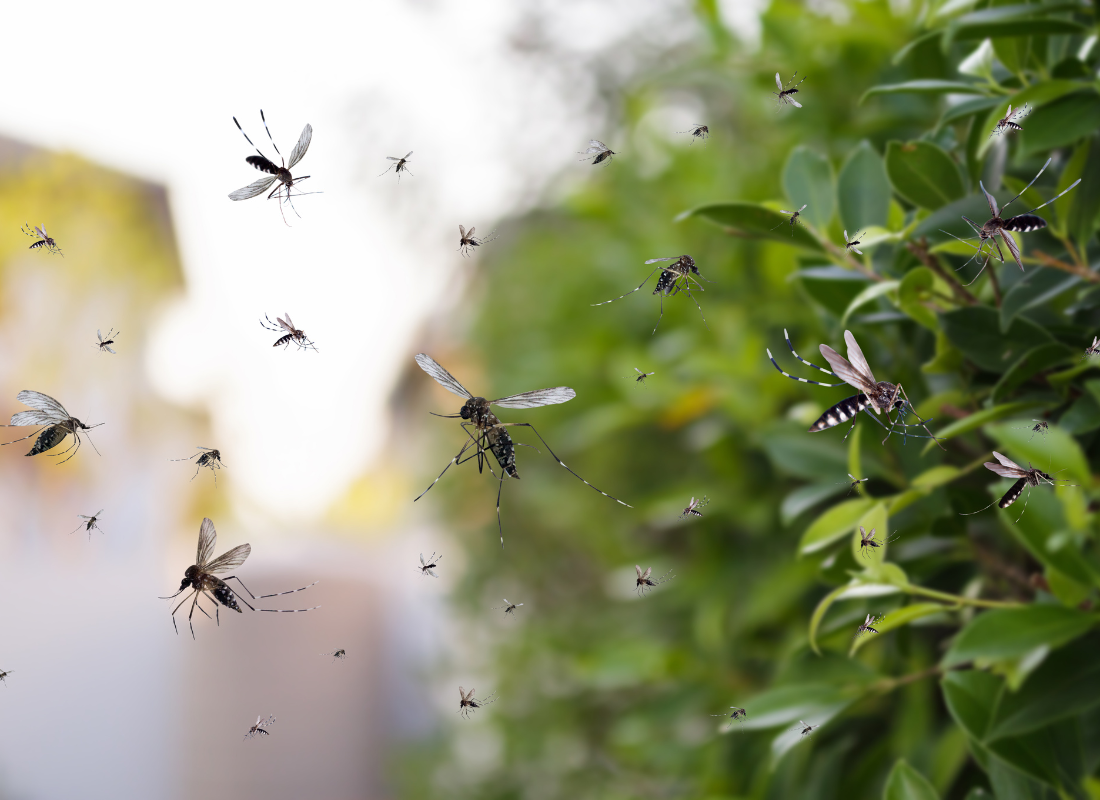
As global temperatures rise and weather patterns become more unpredictable, climate change is dramatically altering ecosystems worldwide. One of the most visible and significant effects of this environmental shift is the way species migrate. Species migration, which refers to the seasonal or long-term movement of animals in search of better habitats, food sources, or breeding grounds, has been an essential part of ecological balance for millennia. However, the rapid changes brought about by climate change are forcing many species to shift their migration patterns in unprecedented ways, with wide-ranging consequences for biodiversity, ecosystems, and even human communities. This article explores the impact of climate change on species migration patterns, focusing on the causes, consequences, and potential solutions to this growing challenge.
Why Do Species Migrate?
Migration is a natural behavior that allows species to adapt to changing environmental conditions, including seasonal variations in food availability, temperature, and breeding opportunities. Birds, mammals, fish, and even some insects undertake remarkable journeys across continents, oceans, or altitudes to ensure their survival and reproductive success. For example, Arctic terns travel from the Arctic to the Antarctic every year, covering over 40,000 kilometers, while monarch butterflies migrate from Canada to Mexico in search of warmer climates during the winter months.
Historically, species migration has been a stable and predictable phenomenon, with animals following established routes and patterns that are finely tuned to the timing of seasonal changes. However, as climate change disrupts ecosystems, species are being forced to alter their traditional migration routes, timing, and destinations in ways that were previously unimaginable.
The Impact of Climate Change on Migration Patterns
Climate change affects species migration in multiple ways, primarily through the alteration of temperature, food availability, and habitat conditions. These changes manifest in three main patterns: earlier migration, shifts in migration routes, and longer migration distances.
1. Earlier Migration
One of the most common effects of climate change on migration patterns is the advancement of migration timing. As temperatures rise, spring arrives earlier in many parts of the world, prompting plants to bloom and insects to emerge sooner than in the past. In response, many migratory species are beginning their journeys earlier to coincide with these changes in food availability and habitat conditions.
For example, studies have shown that migratory birds such as swallows and warblers are arriving at their breeding grounds earlier each year in Europe and North America. While this may seem like a small adjustment, even a slight mistiming between arrival and the availability of food (such as insects for birds or flowering plants for pollinators) can have severe consequences for species survival and reproduction. If a species arrives too early or too late, it may miss the peak availability of critical resources, leading to reduced reproductive success and population declines.

2. Shifts in Migration Routes
As climate zones shift poleward and to higher altitudes due to warming temperatures, many species are being forced to alter their migration routes to find suitable habitats. This is particularly evident in species that rely on specific temperature ranges or environmental conditions to thrive. For example, marine species such as fish and sea turtles are migrating toward cooler waters as ocean temperatures rise, often venturing into new regions that were previously too cold for their survival.
This shift in migration routes can have cascading effects on ecosystems. For instance, predator-prey dynamics may be disrupted as species migrate into unfamiliar territories. In the Arctic, the retreat of sea ice due to warming temperatures is forcing polar bears to migrate longer distances in search of hunting grounds, often bringing them into closer contact with human settlements, increasing the risk of human-wildlife conflict.
3. Longer Migration Distances
In some cases, species are being forced to travel greater distances to find suitable habitats as their traditional homes become inhospitable due to climate change. This is particularly challenging for species that already undertake long migrations, as it requires more energy and increases the risk of mortality along the way. For example, migratory birds that once relied on specific stopover sites to rest and refuel may now find these locations degraded or no longer viable due to habitat loss or changing environmental conditions.
Additionally, some species that do not typically migrate may be forced to move in response to changing conditions. For instance, many species of plants and animals in mountainous regions are being pushed to higher altitudes as temperatures rise, in search of cooler environments. However, this “migration” can only go so far, as many species may run out of suitable habitat once they reach the mountaintop.
Consequences of Altered Migration Patterns
The alteration of migration patterns due to climate change has far-reaching consequences for both ecosystems and human communities. These consequences can be ecological, economic, and social, affecting biodiversity, agriculture, fisheries, and even public health.
1. Disruption of Ecosystems
Species migration plays a crucial role in maintaining ecological balance, and the disruption of these patterns can have ripple effects throughout entire ecosystems. For example, migratory birds are essential for seed dispersal and pollination in many regions. If these birds fail to arrive at the right time or in sufficient numbers, plant populations may suffer, leading to declines in biodiversity and ecosystem productivity.
Similarly, the migration of marine species such as fish and whales is vital for nutrient cycling in ocean ecosystems. The absence or delay of these species in certain regions can disrupt food webs, leading to declines in both predator and prey populations.

2. Impact on Human Communities
Many human communities rely on the predictable migration patterns of species for their livelihoods, particularly in sectors such as agriculture, fishing, and tourism. For example, fishermen in some regions depend on the seasonal migration of fish such as salmon and tuna for their catch. As climate change alters these migration patterns, fish stocks may become less predictable or move to different regions, leading to economic losses and food insecurity.
In agriculture, migratory pollinators such as bees and butterflies are essential for the production of crops like fruits, vegetables, and nuts. If these pollinators fail to arrive at the right time, crop yields may decline, leading to economic losses for farmers and higher food prices for consumers.
3. Public Health Risks
Climate change-induced migration patterns can also have implications for public health. For example, the spread of disease-carrying insects such as mosquitoes is influenced by temperature and precipitation patterns. As these insects migrate to new regions in response to climate change, they may bring diseases such as malaria, dengue fever, and Zika virus to areas that were previously unaffected.
Potential Solutions and Adaptation Strategies
While the effects of climate change on species migration patterns are concerning, there are steps that can be taken to mitigate these impacts and help species adapt to changing conditions. Conservation efforts, habitat protection, and ecosystem management are critical components of these strategies.
1. Protecting Migration Corridors
One of the most important strategies for helping species adapt to climate change is the protection and restoration of migration corridors—routes that allow species to move between habitats. By preserving key stopover sites and connecting fragmented habitats, conservationists can ensure that migratory species have access to the resources they need to survive.
2. Climate-Smart Conservation
Conservation strategies must account for the realities of climate change by focusing on protecting habitats that are likely to remain viable in the future. This may involve identifying and safeguarding climate refugia—areas that are less vulnerable to climate change and can serve as safe havens for species.
3. International Cooperation
Given that many migratory species cross national borders, international cooperation is essential for the protection of these species. Collaborative efforts between countries can help establish protected areas, share data on migration patterns, and coordinate conservation strategies.
Conclusion
Climate change is reshaping the world in profound ways, and its impact on species migration patterns is one of the most visible and concerning effects. As species are forced to migrate earlier, travel longer distances, and shift their routes in response to rising temperatures and changing habitats, the consequences for ecosystems and human communities are far-reaching. However, through concerted conservation efforts, habitat protection, and international cooperation, it is possible to mitigate the impacts of climate change on species migration and preserve the delicate balance of our planet’s ecosystems.









